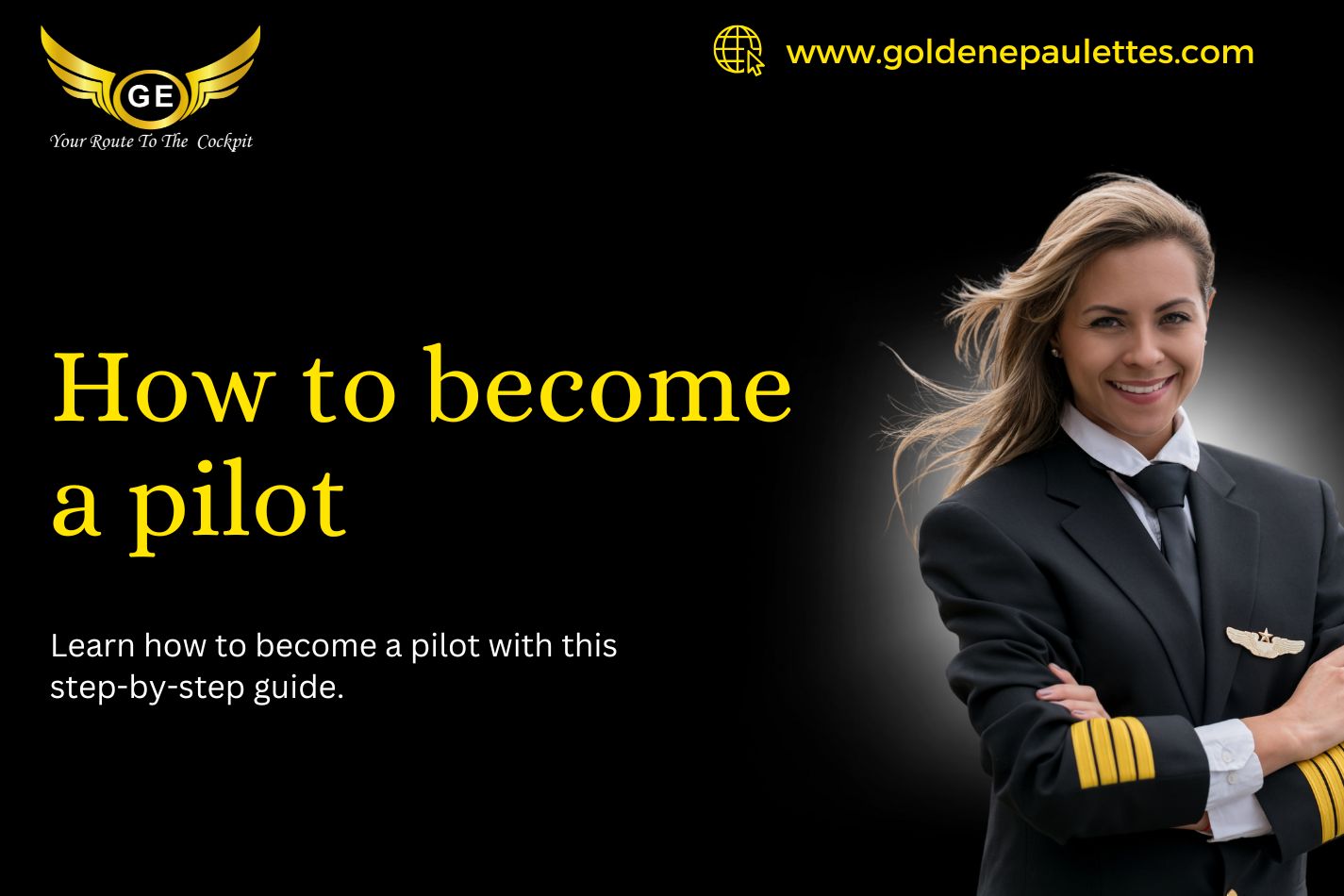Discover the Process of How to Become a Pilot: From Theory to Practical Training
Introduction
Becoming a pilot is a dream many aspire to achieve, but only a few truly pursue. The journey to earn your wings involves a combination of dedication, rigorous training, and in-depth learning. If you are wondering how to become a pilot and turn your passion for flying into a fulfilling career, this guide will take you through every step of the process, from theoretical knowledge to practical training.
Understanding the Basics: What Does It Take to Become a Pilot?
To become a pilot, you need to meet certain prerequisites and qualifications. Whether you aim to become a commercial pilot, private pilot, or airline transport pilot, understanding the foundational requirements is crucial.
Basic Requirements
- Age: You must be at least 17 years old for a private pilot license and 18 for a commercial pilot license.
- Educational Qualifications: A minimum of 10+2 (or equivalent) with Physics and Mathematics. For commercial pilot training, a degree is preferred but not mandatory.
- Medical Certificate: You must obtain a Class I or Class II medical certificate, depending on the type of license you are pursuing.
- Language Proficiency: English proficiency is essential for communication and navigation.
Theoretical Knowledge: Ground Training
The first step in the journey of how to become pilot involves rigorous theoretical training, which serves as the foundation for practical flying skills.
Ground School Curriculum
- Aerodynamics: Understanding the principles of flight, lift, drag, thrust, and aircraft structures.
- Navigation: Learning to read aeronautical charts, using navigation aids, and plotting flight routes.
- Meteorology: Studying weather patterns, aviation-specific weather reports, and flight planning under various conditions.
- Air Regulations: Familiarity with national and international aviation rules and regulations.
- Aircraft Systems: Comprehensive knowledge of aircraft engines, instruments, electrical systems, and emergency procedures.
- Flight Planning: Calculating fuel requirements, weight and balance, performance planning, and risk management.
Practical Training: Gaining Real Flight Experience
While theoretical knowledge is essential, practical training is where you truly learn how to become a pilot. This stage involves hands-on flying experience under the supervision of certified instructors.
Types of Training
- Flight Simulation Training: Before actual flying, students often practice on flight simulators to understand basic controls and flight dynamics.
- Dual Flight Training: Flying with an instructor to learn aircraft handling, navigation, communication, and emergency procedures.
- Solo Flight Training: After adequate dual training, students proceed to fly solo, gradually increasing flight hours.
- Cross-Country Flights: Pilots in training must complete specified hours of cross-country flights to gain experience in various airspaces and weather conditions.
- Night Flying: Essential for those pursuing a commercial pilot license, night flying involves learning landing, take-off, and navigation in low-visibility conditions.
Licensing Process: From Student to Certified Pilot
The journey of how to become pilot is incomplete without obtaining the appropriate license. Each type of license requires fulfilling specific criteria and passing various examinations.
Types of Pilot Licenses
- Student Pilot License (SPL): The starting point for beginners, allowing you to train under certified instructors.
- Private Pilot License (PPL): Permits you to fly for non-commercial purposes. Requires a minimum of 40 hours of flying experience.
- Commercial Pilot License (CPL): Allows you to work professionally as a pilot. Requires at least 200 hours of flying experience.
- Airline Transport Pilot License (ATPL): The highest level of pilot certification, mandatory for airline captains.
Examination Process
- Written Exams: Covering subjects such as air navigation, meteorology, aircraft systems, and air regulations.
- Oral Exams: Testing your knowledge of flying procedures and regulations.
- Practical Flight Test: Demonstrating your flying skills to a certified examiner.
Cost of Becoming a Pilot in India
The cost of how to become pilot can be significant, ranging from ₹10 lakhs to ₹50 lakhs depending on the type of license and training institution. Commercial pilot training tends to be the most expensive.
Challenges Faced During Pilot Training
The process of becoming a pilot is not without its challenges. These include:
- High Costs: Training and certification can be expensive, requiring proper financial planning.
- Rigorous Training: Theoretical and practical training can be demanding and time-consuming.
- Physical and Mental Fitness: Maintaining health standards and being mentally strong is essential.
Rewards of Becoming a Pilot
Despite the challenges, the rewards of becoming a pilot are numerous.
- High Earning Potential: Commercial pilots earn competitive salaries, with opportunities to work with top airlines.
- Travel Opportunities: Experience new destinations and cultures as part of your job.
- Prestige and Respect: Being a pilot is a prestigious career that commands respect and admiration.
- Job Satisfaction: The thrill of flying and job satisfaction is unparalleled for aviation enthusiasts.
Conclusion
Understanding how to become pilot involves a structured process from acquiring theoretical knowledge to gaining practical flying experience. The journey is challenging but immensely rewarding. By pursuing your dream of becoming a pilot with dedication and focus, you can enjoy a career that offers adventure, financial stability, and personal fulfillment.









